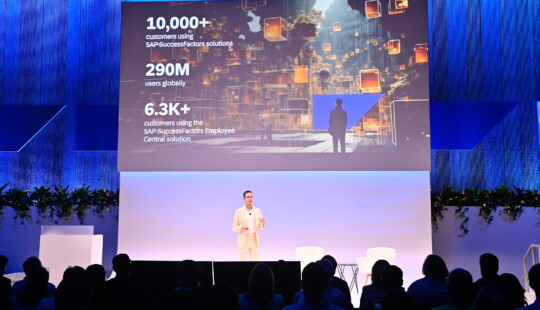What’s News
September is supposed to be a big month for the return to office (RTO). Bosses have said they wanted workers back in the office after Labor Day, following 30 months of remote work for many global, skilled workers who had abandoned their offices because of the pandemic.
Workers are indeed returning but not at the pace anticipated. Office capacity in New York City neared 50% after Labor Day. But as many comments in a recent New York Times article indicate, workers are in no hurry to return to their offices. Still, according to a Wednesday Wall Street Journal article, some businesses that opted for a hybrid model — working some days from home and some in the office — are telling employees to work from office three days a week, up from two.
SAP’s Take
Dr. Caitlynn Sendra, an organizational psychologist and experience product scientist at SAP SuccessFactors, has been closely watching return to office trends. She observes a shifting dynamic in the discussion around RTO but does not expect a rush back to the office.
“September will likely be the start of the turning point for RTO, but if organizations are expecting everyone to come with open arms all at once, they will be sorely disappointed,” she said. “Workers are starting to make their way back to the office but in a trickle rather than a burst.”
Throughout the pandemic, researchers have been documenting the well-being, health and productivity levels of workers. Employees have become accustomed to the benefits of work from home (WFH), including the absence of a commute time, better work-life balance and, in some cases, higher productivity.
“It’s a tough sell for employers to convince them to give up the benefits of WFH, especially when they don’t provide a clear argument for return to office,” said Sendra, who also noted that collaboration can be more difficult in remote work environments, with more silos and less sharing of information. In her view, employees will feel frustrated if they don’t feel they have a choice. So, it is up to organizations to communicate the benefits of returning to the office and to be intentional about policies.
Technology Supports Remote Work
The flood of new digital technologies into the workplace in the last 10 years has been a decisive factor influencing the current RTO discussions.
“If COVID-19 had instead been COVID-09, I think we would have seen a much faster and stronger return to office,” Sendra said. “Employees, especially white-collar workers, were already well-accustomed to remote collaboration technologies pre-pandemic.”
For these workers, the main reason for not working remotely before the pandemic was often a matter of conforming to organizational policies. “The pandemic proved to everyone that remote work could be successful,” she said. “Once that cork is unsealed, it is impossible to seal it back up; employees already know that remote work is possible.”
It’s the Economy
The current macro-economic challenges may have the final say in how quickly workers return to the office. With stagnating wages and increases in cost of living, many workers simply can no longer afford the risk of job loss.
“The reason why the RTO push has and will continue to be successful at a slow pace is because employees increasingly are worried about job stability with so many organizations going through layoffs,” Sendra said. “In other words, the perception of control is once again shifting away from employees.”
Still, Sendra cautioned employers against capitalizing on anxiety and job insecurity to pressure workers, saying such actions “may just create disgruntled employees who leave the organization as soon as economic conditions are favorable again.”
Contact:
Ilaina Jonas, Senior Director of Global Public Relations, SAP
+1 (646) 923-2834, ilaina.jonas@sap.com



